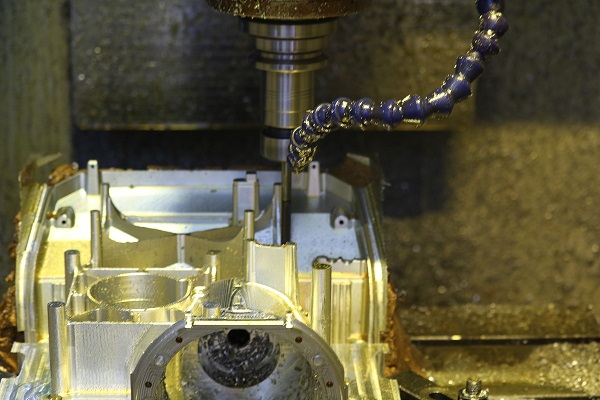Get in touch.
Dear,I will reply in 12 hours. All your message are protected!
Rapid Prototyping Services, Professional manufacturer of CNC Prototyping and 3D Prototyping in China.
CNC (Computer Numerical Control) machining is a versatile manufacturing process that enables precise fabrication of complex curved surfaces. From automotive parts to aerospace components, CNC machining plays a crucial role in creating intricate shapes and smooth contours. In this article, we will explore the techniques and best practices for CNC machining curved surfaces, providing insights to enhance your production capabilities.

1.Design Considerations:
Before venturing into CNC machining curved surfaces, meticulous planning and design considerations are essential. Determine the desired curvature, contour, and surface finish requirements of the component. Incorporate accurate specifications in your CAD (Computer-Aided Design) model or technical drawings, including details on radii, curves, and any special features.
2.Tool Selection:
Select appropriate cutting tools tailored for machining curved surfaces. Ball-end mills are commonly employed due to their rounded cutting edges, enabling precise following of the contour during machining. Consider the size, material, and coating of the tool based on the specific application and desired surface finish.
3.Cutting Parameters:
Optimize cutting parameters to achieve the desired surface finish and maintain machining efficiency. Adjust spindle speed, feed rate, and depth of cut based on the material being machined, tooling characteristics, and desired surface quality. Conduct testing and experimentation to identify the optimal cutting parameters for your specific application.
4.Surface Finishing:
Post-machining surface finishing processes can further enhance the quality of CNC machined curved surfaces. Techniques such as sanding, polishing, buffing, or applying coatings can be employed to achieve a desired texture or appearance. Select the appropriate method based on the material properties and aesthetic requirements of the component.
5.Quality Control:
Implement a comprehensive quality control process to verify the accuracy and quality of the machined curved surfaces. Utilize precision measuring instruments such as calipers, micrometers, or coordinate measuring machines (CMMs) to validate critical dimensions and tolerances. Conduct visual inspections to ensure the surface finish meets the specified requirements.
Conclusion:
CNC machining offers exceptional capabilities for fabricating complex curved surfaces with precision and efficiency. By considering design aspects, selecting appropriate tools, employing effective machining techniques, optimizing cutting parameters, employing suitable surface finishing techniques, and implementing rigorous quality control, you can achieve superior results in CNC machining of curved surfaces.
© 2005-2025 Shenzhen Tuowei Model Technologies Co., Ltd. | All Rights Reserved 粤ICP备11096697号